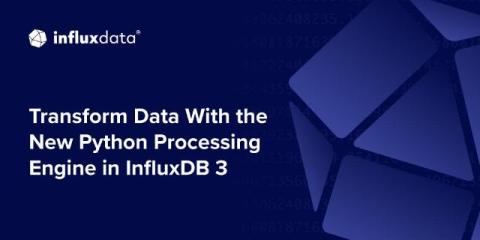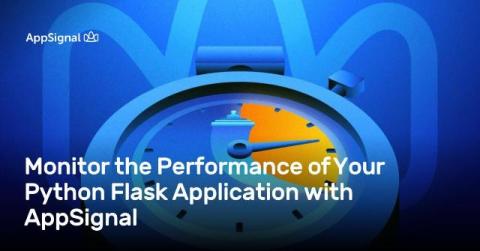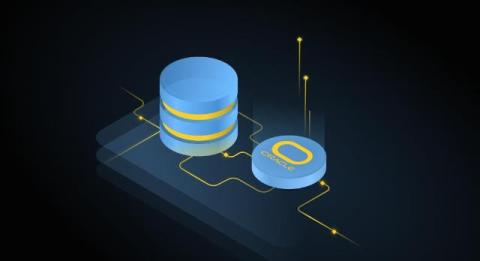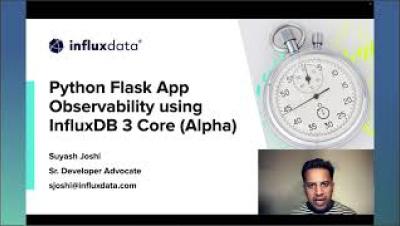How to Use OpenSearch with Python for Search and Analytics
If you're working with search and analytics, you’ve probably heard about OpenSearch—the open-source alternative to Elasticsearch. OpenSearch is a powerful tool, whether you're building a search engine, running log analytics, or implementing full-text search in your applications. And the best part? You can integrate it easily with Python.











